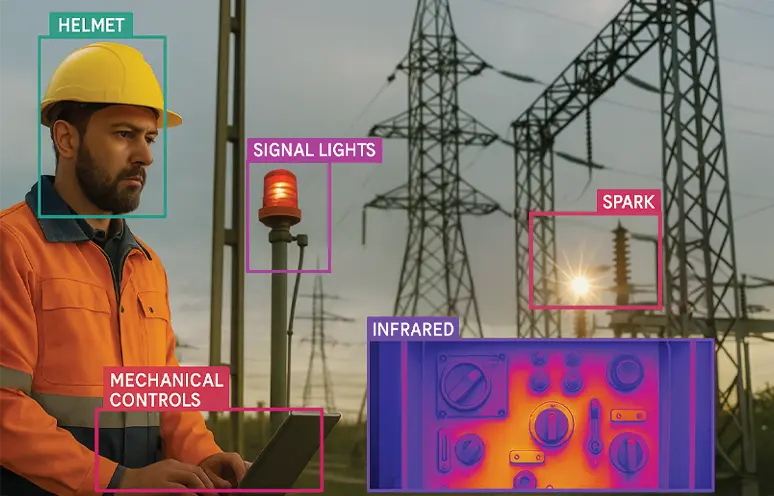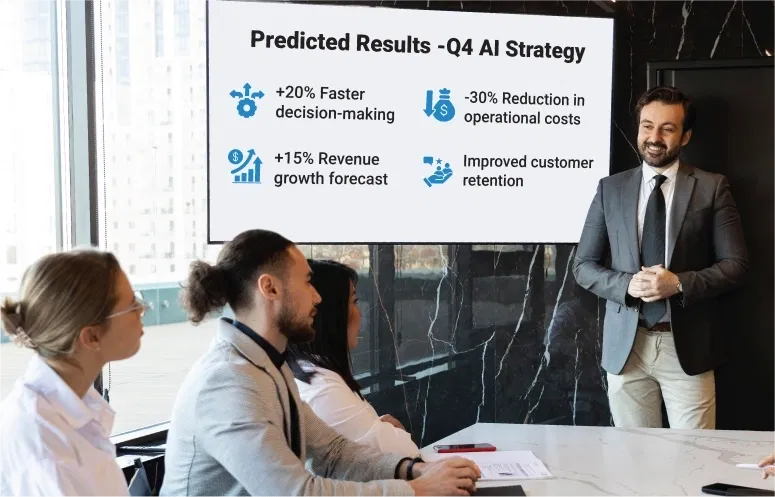
AI and data excellence
Explore insights, perspectives, and resources crafted with expertise to help new-age businesses grow at pace and scale.
Featured Resources
-
Top 15 Power Automate use cases to adopt in 2026
BlogRead More -
Creating insightful reports using real-time data with Power BI integration
PortfolioRead More -
Exploring AWS Lambda: Where to use, security implications, performance and cost
ArticleRead More -
Azure cloud migration: Accelerate modernization across applications and infrastructure
WhitepaperRead More










